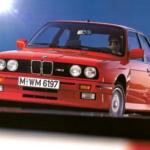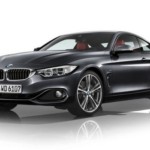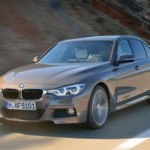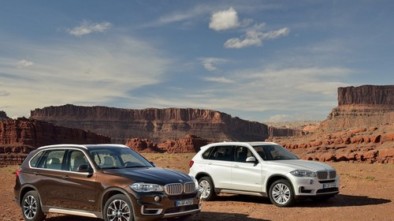BMW M3 E36 1992 - 1999 - Model history
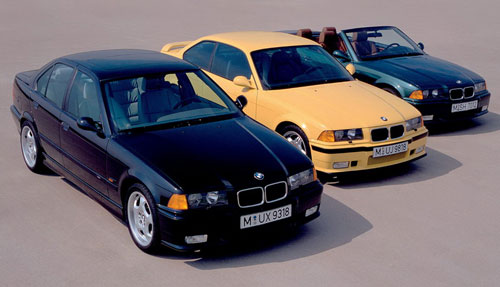
BMW M3 E36
The second M3 was by many things the first
BMW M GmbH is a division of the German automaker BMW AG. It was created in May 1972 to support the BMW racing program and at that time had only 8 employees. Their first project was the 3.0 CSL, which has achieved so much success on racetracks around the world, that BMW has decided to go a step further and offer its customers M versions of standard models.
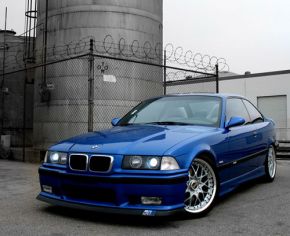
BMW M3 E36
The first M to appear was the famous M1, introduced in 1978, but the M department gained fame only with the advent of the first Series 3 in the M edition, the M3 E30, commonly known as the "dice". The first M3 was manufactured from 1987 to 1991 and went through various stages of evolution during those four years. It began life with a 2.3-liter four-cylinder engine with 195 horsepower, which was further boosted to 215 hp in the next version, while the latest version also had the most powerful, 2.5-liter, 238-horsepower engine.
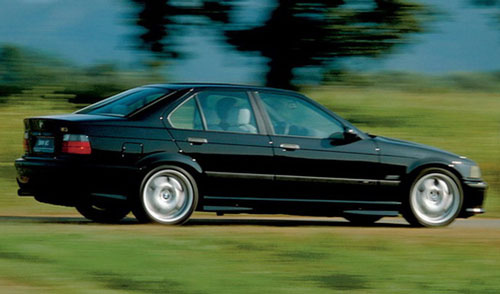
BMW M3 E36
The Bmw M3 E30 is considered by many to be one of the best sports cars in history, among other things because it has won more races than any other mass-produced car. Championships won DTM, The WTCC, as well as the victories in the 24 Hour Nirburgring race are only a small part of what the E30 has achieved. That is why the heirs, to whom this text was dedicated, had great expectations.
Introduced in February 1992, the Bmw M3 E36 is the first M model to feature a regular 6-cylinder and 286hp engine in its original, three-liter version. Initially, it was available to customers only in the coupe version of the body, while two years later the sedan and convertible arrived.

BMW M3 E36
At first glance, it seemed far more discreet and civilized than its predecessor, without extended edges and large spoilers, so the difference between the standard trio and the Bmw M3 could not be so easily noticed. However, what separated it from the competition was under the hood, a completely new three-liter six-cylinder, with a power of 286 "horses". Enhanced by BMW's new VANOS valve opening system, it has developed (for atmospheric engines) a fantastic 95 horsepower and 107 Nm of torque per liter of volume. This engine allowed the trio to accelerate from just 6 seconds to "hundred" and a top speed of 250 km / h, albeit electronically limited. Impressive data even by today's standards. Of course, in order to be able to control this much power, the suspension was improved, as well as the braking system. The time required to stop a 1450kg heavy car from a speed of 100 km / h was only 2.8 seconds, while at 200 km / h it took less than 6 seconds!
In mid-1994, BMW introduced a sedan and convertible in the M version, to equip the entire M3 range with a brand new 3.2-liter engine a year later, developing 321 horsepower at a high 7400 rpm. In all versions, BMW also offered six-speed transmissions, most at the customer's request. Combined with such a gearbox, the M3 accelerated in 100 seconds with a new engine up to 5.2 km / h, while the top speed remained electronically limited to 250 km / h.
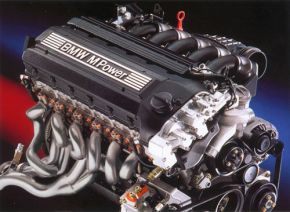
1997. The BMW offered the option of installing a sequential gearbox (Sequental M Gearbox - SMG) and thus became the first to incorporate this type of transmission into mass-produced vehicles. The move proved to be very successful, since in the last production series, in 1999, almost every other model was commissioned with this gearbox.
The Bmw M3 E36 became a real hit by the end of its production (1999) and far exceeded all expectations, as did the sales of the first generation of the M three. When it all came together, BMW made and sold as many as 71.242 M3 second-generation cars, in coupes, convertibles and sedans.
Text: Vukasin Salatic
Retrieved from: www.vrelegume.rs
Recommendation of similar texts:

Hi there, I am Mladen and I am an auto enthusiast. I started this blog years ago to help like minded people share information about latest cars, car servicing ideas, used car info, exotic cars, and auto technology. You will find helpful articles and videos on a wide variety of cars - Audi, Mercedes, Toyota, Porsche, Volvo, BMW and much more. Ping us if you have anything cool to share on latest cars or on how to make older cars more efficient, or just want to say hi!

